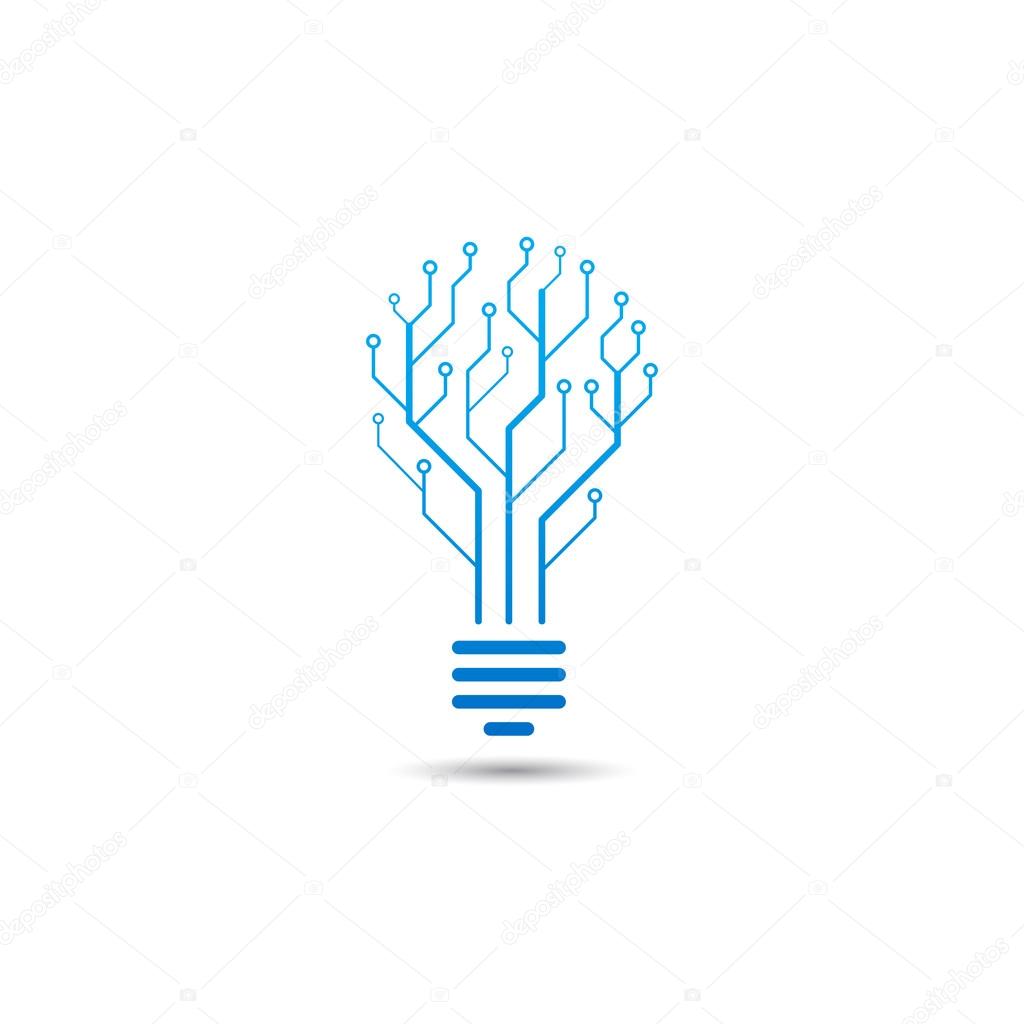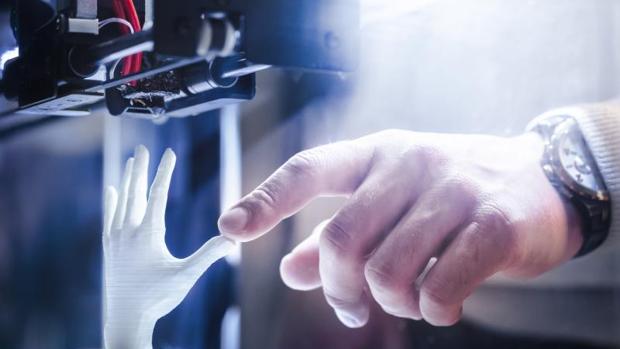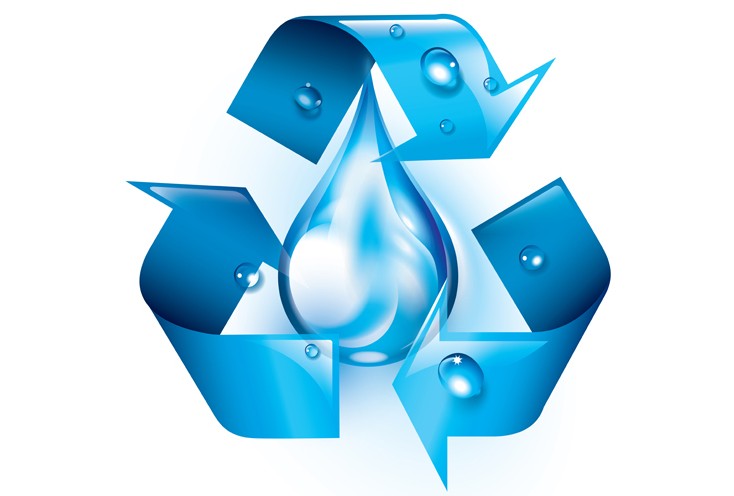Spanish scientists create a role that converts heat into electricity.
Researchers from the Barcelona's CSIC (Institute of Sciences and Materials) have managed to create a cellulose with bacteria synthesized in the laboratory that converts waste heat into electrical energy. These devices could be used in sensors for internet of things, in wearable technology and intelligent thermal insulation, among other applications.
This device is made up of cellulose produced in the laboratory by bacteria, with small amounts of a nanomaterial conductor - carbon nanotubes -, so that its production is sustainable and respectful with the environment, "explains Mariano Campoy-Quiles, one of the authors. "In the near future," he adds, "they could be used as wearables, in medical or sports applications, for example, and if the efficiency of the device were further optimized, this material could lead to intelligent thermal isolation, or electric generation photovoltaic-thermoelectric hybrid ". In addition, "due to the high flexibility of the cellulose and the scalability of the process, they could be used in applications where the residual heat source had irregular shapes or extensive areas, since they could be completely covered with the material" indicates Anna Roig, researcher of the study. As bacterial cellulose can be manufactured at home, perhaps we are ahead of the first step towards a new energy paradigm, where users can manufacture their own electric generators. We are still far away, but this study represents a principle, according to the authors.
Instead of manufacturing a material for energy, we cultivate it, "explains Campoy-Quiles." The bacteria, dispersed in an aqueous culture medium containing sugars and carbon nanotubes, produce the nanocellulose fibers that end up forming the device, where the carbon nanotubes are perfectly dispersed ". "You get a mechanically very resistant material, very flexible and deformable, thanks to cellulose fibers, and with a high electrical conductivity, thanks to carbon nanotubes," explains Anna Laromaine, a researcher at the study. "The intention is to approach the concept of circular economy, using sustainable materials that are not toxic to the environment, that are used in small quantities, and that can be recycled and reused," explains Roig. It has a thermal stability superior to thermoelectric materials based on synthetic polymers The coauthor affirms that, in comparison with other similar materials, this "has a thermal stability superior to the thermoelectric materials based on synthetic polymers, which allows to reach up to 250 ºC.In addition, it does not use toxic elements, and can be recycled The cellulose is easily degraded by an enzymatic process that turns it into glucose, thus recovering the carbon nanotubes, which are the most expensive element of the device. " In addition, you can control the thickness, color and even transparency. For his part, Campoy-Quiles points out that carbon nanotubes have been used for their dimensions: "Thanks to their nanometric diameter and a few microns in length, carbon nanotubes allow, with very little quantity (in some cases up to 1 %), to achieve electrical percolation, that is, a continuous path where electrical charges can travel through the material, allowing the cellulose to be conductive and, at the same time, thermal insulation ". This study is the result of an interdisciplinary project (FIP-THERMOPAPER) between different groups of the Institute of Materials Science of Barcelona of the call "Frontier Inderdisciplinary Projects", one of the strategic actions of the project of excellence Severo Ochoa.
Temas relacionados:
También te puede interesar
Esta web se reserva el derecho de suprimir, por cualquier razón y sin previo aviso, cualquier contenido generado en los espacios de participación en caso de que los mensajes incluyan insultos, mensajes racistas, sexistas... Tampoco se permitirán los ataques personales ni los comentarios que insistan en boicotear la labor informativa de la web, ni todos aquellos mensajes no relacionados con la noticia que se esté comentando. De no respetarse estas mínimas normas de participación este medio se verá obligado a prescindir de este foro, lamentándolo sinceramente por todos cuantos intervienen y hacen en todo momento un uso absolutamente cívico y respetuoso de la libertad de expresión.
No hay opiniones. Sé el primero en escribir.













